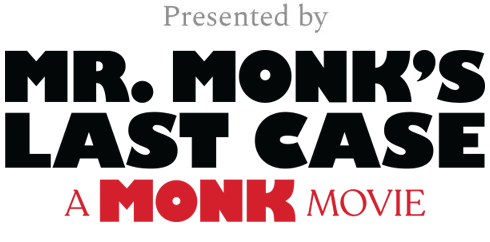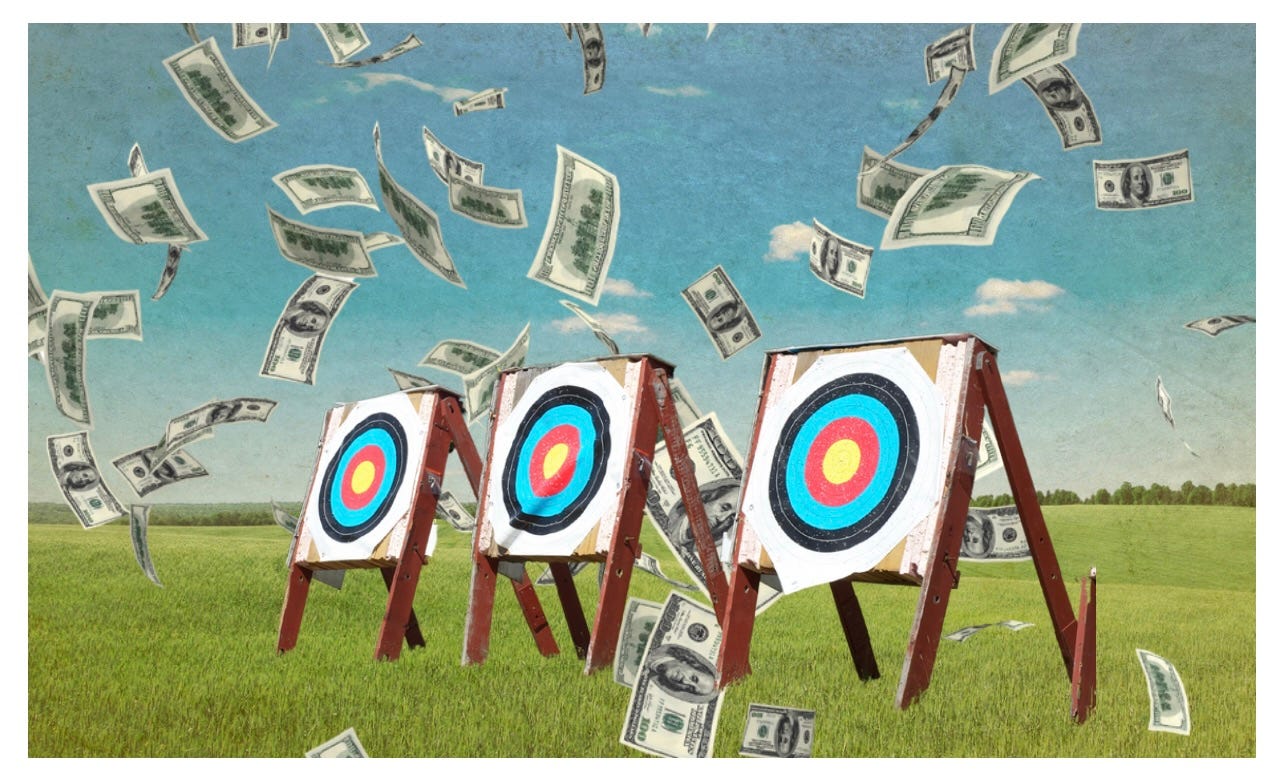Imagining Hollywood's Next Golden Age
8 lessons to follow from earlier eras. No. 1? 'Good enough' is not good enough
Welcome to Golden Ages, a five-part series this week about four of Hollywood’s most fecund eras, the elements that had to come together for them to produce such iconic work, what went right and why — and, of course, how each ultimately fell apart. We’ve covered the 1930s, 1970s, 1990s and prestige TV 1999-2016. Today: the takeaways.
The four great Golden Ages of Hollywood are more different than they are alike. One (the 1970s) was a genuine revolution against a decaying system, one that in its inception in the 1930s was an audacious industrial answer to cultural and financial barriers elsewhere. Film’s most recent Golden Age (the 1990s) wasn’t as much a revolution as enlightened parenting making room for a gifted but unruly child. And the final Golden Age of Hollywood (prestige TV), the one whose wake we still swim in, started as a niche alternative, then gained so much steam that it helped build an entirely new industry.
Which is to say, you can never predict where these Golden Ages will come from or where they may lead.
But despite the very different origins and ethos of the Golden Ages, some surprisingly consistent factors loom throughout them all. Let’s take a look at those, and see what we can take away from our Golden Ages . . . if we wish to build the next one.
Element #1: Quality Is Job One
The biggest thing that stands out looking over the Golden Ages is how much Hollywood swings in a pendulum between being driven by the quality of the individual product versus studios’ constant attempts to invent a firehose where that’s what matters rather than the purity of the water running through it. The firehose has taken different forms over the years. In the 1940s, it was five new movies at your corner theater every week: B pictures, cartoons, newsreels — come on down and see them all. At other times, it was a genre: Make Westerns, any Western, and people will come out to see them; don’t get hung up on waiting for the perfect script. At other times, sequels were the firehose. Or universes. And now, of course, the streaming subscription.
During Golden Ages, studios focus intently on the quality of original films or shows. In the periods that follow, the firehose itself takes primacy and feeding the firehose — in volume — becomes the obsession. A return to greatness happens when studios realize that the ways that worked in the past have eroded to the point where if they want to capture viewers they must deliver high-quality entertainment on a scale outdoing all that has come before.
Some always protest, “But no one is trying to make a bad movie!” True enough, but in lots of non-Golden eras (ahem, 2024), it also seems like few are trying to make a great movie or show. A good enough movie tends to be the goal.
Because if you’re trying to make a great movie, you’re making bold moves and investments to achieve that goal.
Element #2: Risk Tolerance
To use the modern parlance around town, you have to take some big swings.






